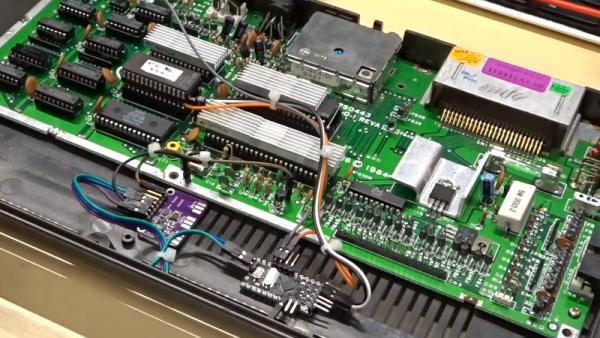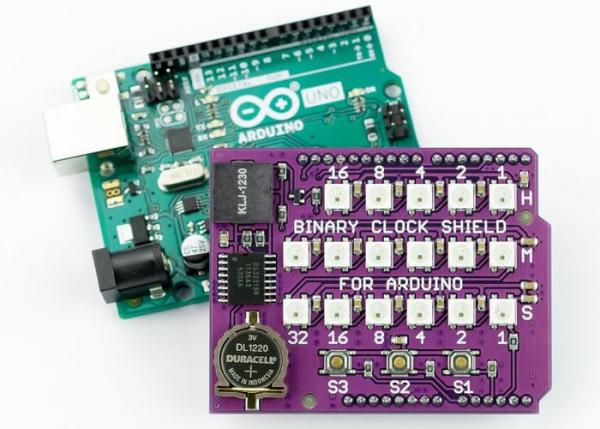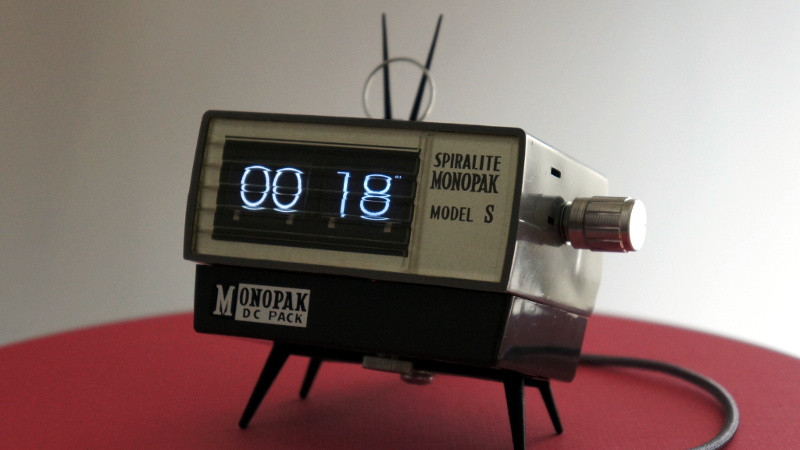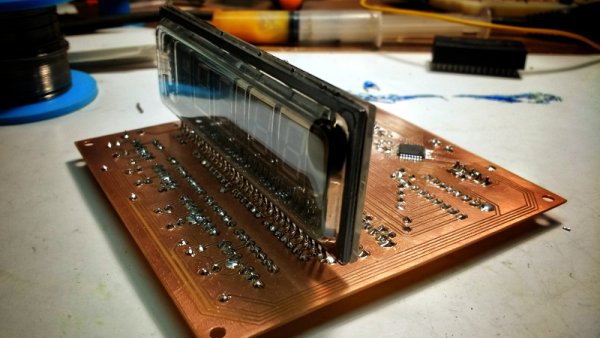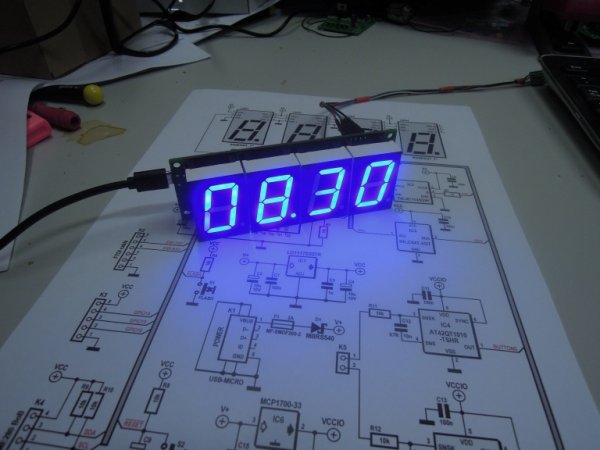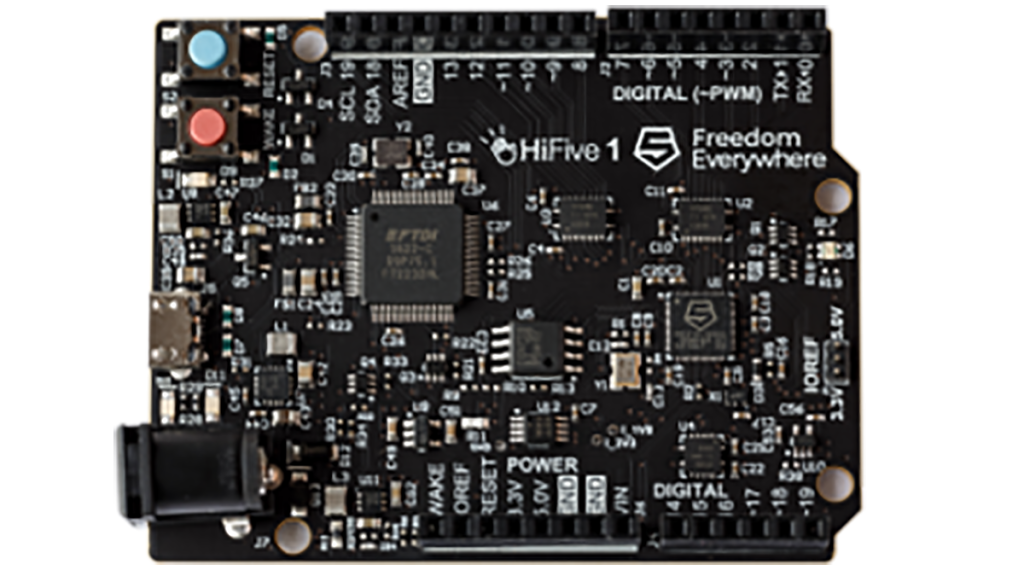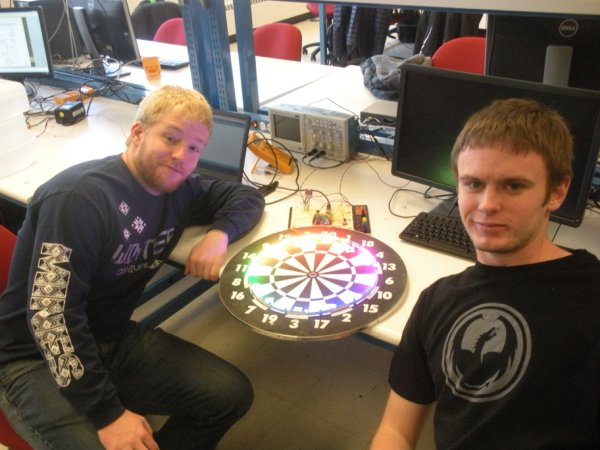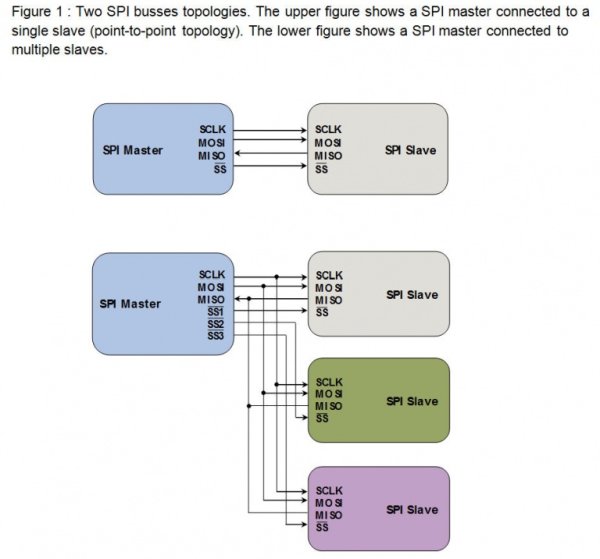THIS COMMODORE 16 IS AN NTSC ONE… NO, WAIT, IT’S A PAL ONE!
We’re used to our computers being powerful enough in both peripheral and processing terms to be almost infinitely configurable under the control of software, but there was a time when that was not the case. The 8-bit generation of home computers were working towards the limits of their capability just to place an image on […]
THIS COMMODORE 16 IS AN NTSC ONE… NO, WAIT, IT’S A PAL ONE! Continue Reading

